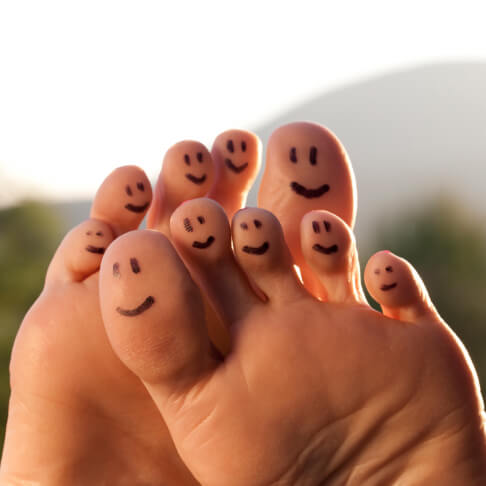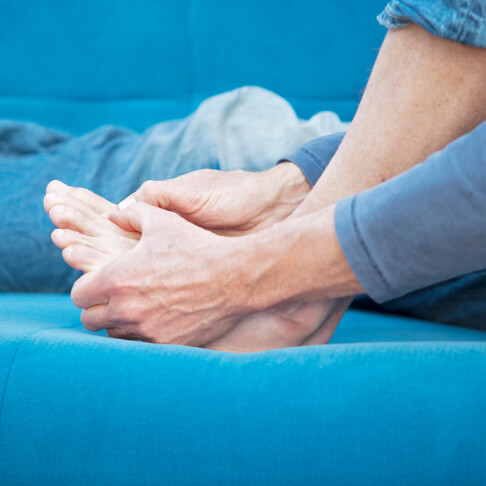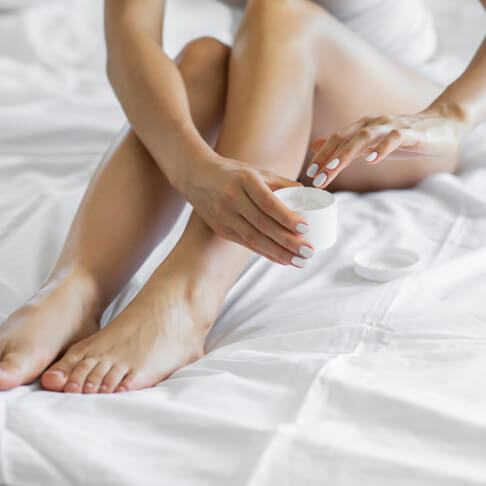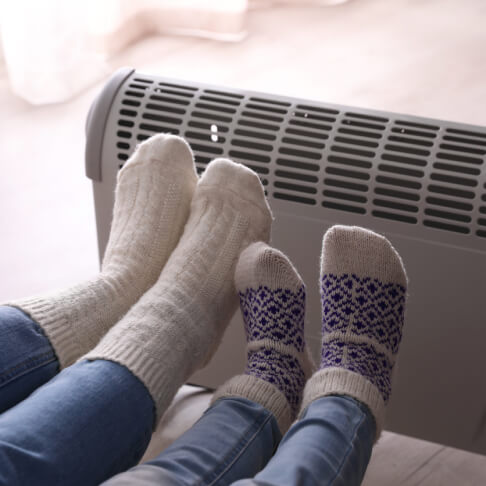Immediately
- Ulcers or wounds that won’t heal
- Swelling, heat, or changes in skin colour – signs of infection
- Pus or a bad smell coming from a wound
- Bruising
- Blisters or cuts
- Infected ingrown nails
- Pain
NDSS Helpline
Because things can get worse quickly, you should check your feet every day. The good news is that most issues can be prevented if you catch them early enough.

Daily checks of your feet are important to catch any changes in the look and feel of your feet.


Our skin protects us against infection, keeping it clean and moisturised stops cracking.
Cracked skin can let in bacteria in. Stopping cracking reduces the risk of infection.

Foot health check takes approx 2 mins